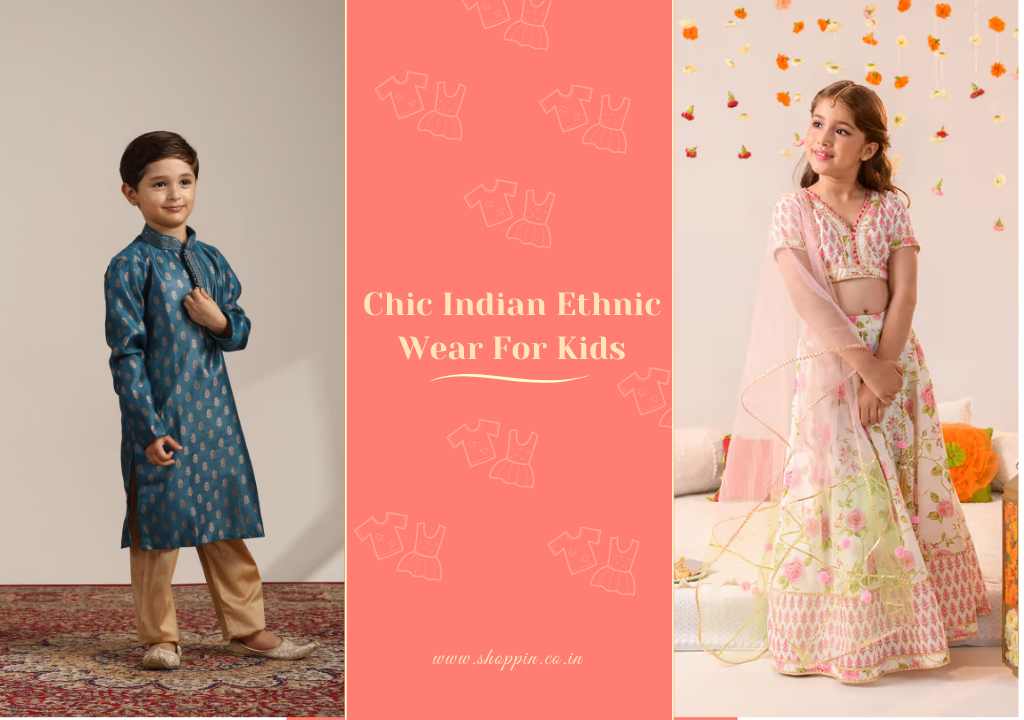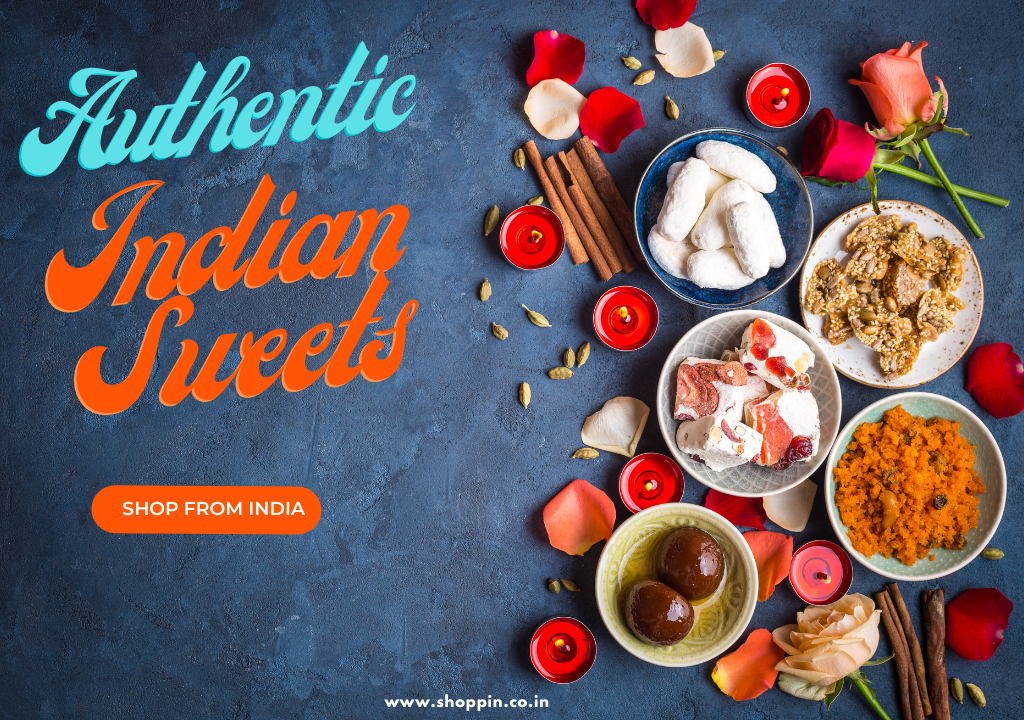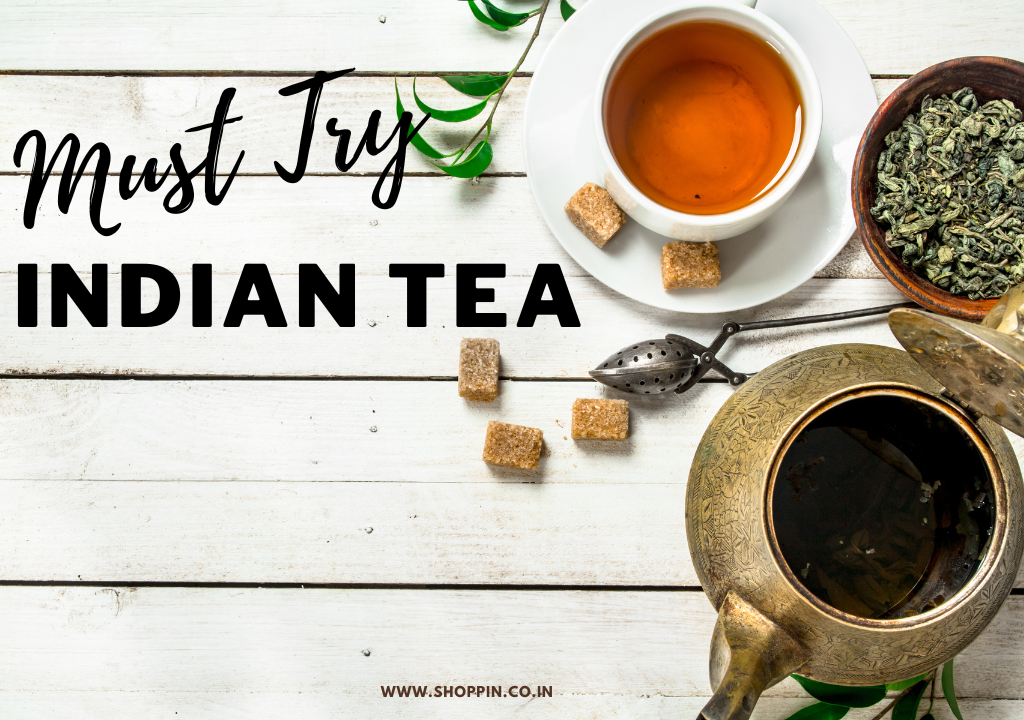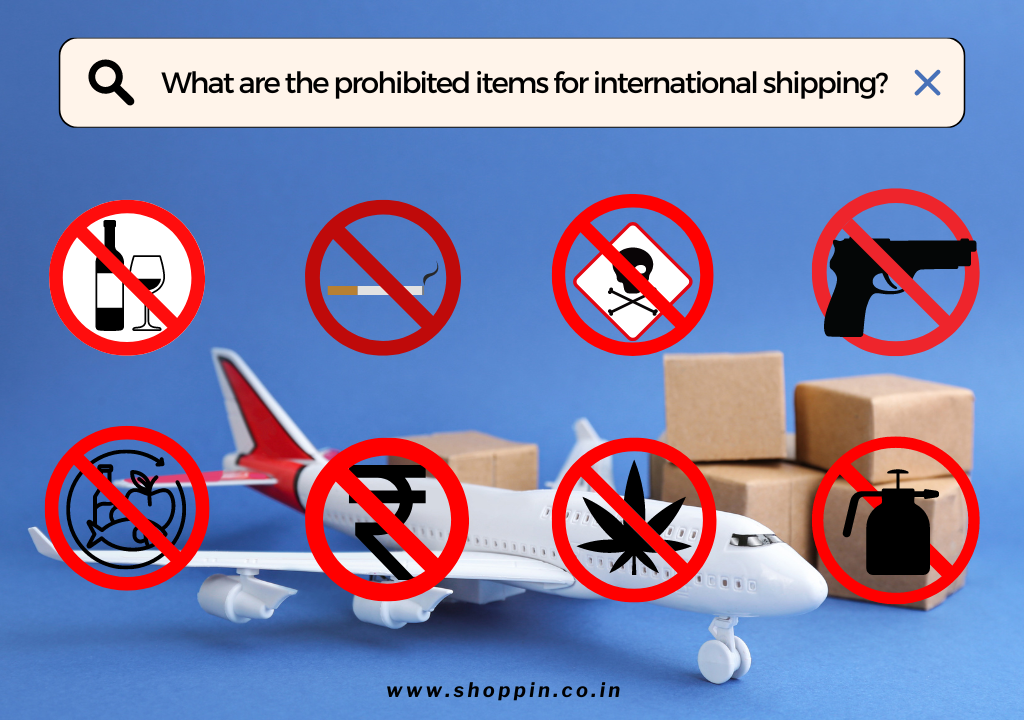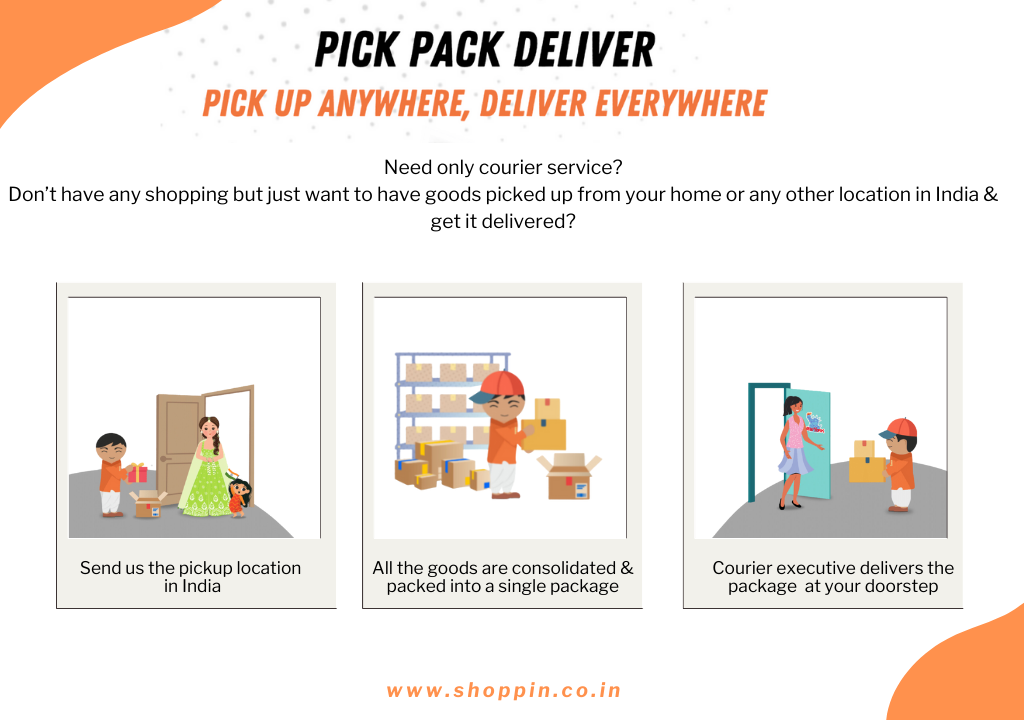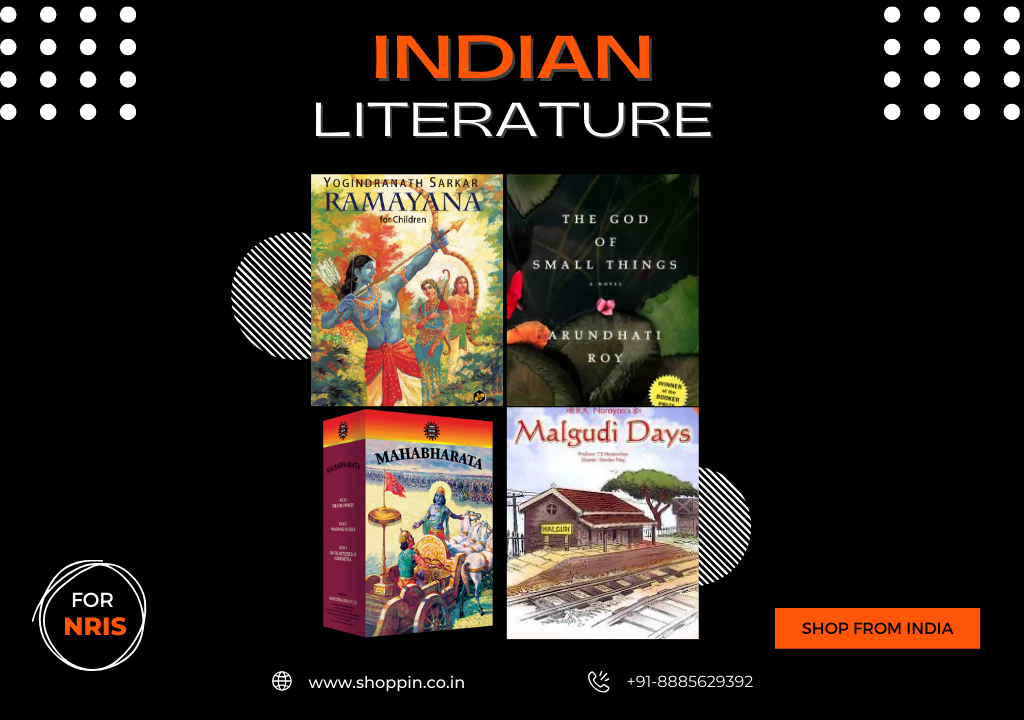Shopping for children can be an exciting and fulfilling experience, especially when it comes to Indian kids’ clothing and toys. India, with its rich cultural heritage and diverse traditions, offers a wide range of vibrant and unique options for little ones. From traditional clothing to handcrafted toys, in this blog, we will explore the benefits and tips for shopping for Indian kids’ clothing and toys from abroad.
- Indian Kids’ Clothing: Indian kids’ clothing is known for its exquisite craftsmanship, vibrant colors, and attention to detail. Traditional attire for boys includes kurta-pajamas, dhotis, and sherwanis, while girls’ clothing comprises lehenga-cholis, salwar-kameez, and sarees tailored specifically for children. These outfits are often made from luxurious fabrics such as silk, cotton, or chiffon and are embellished with intricate embroidery, sequins, and beadwork. Parents can choose from a variety of regional styles like Rajasthani, Punjabi, Bengali, or South Indian, each with its distinctive patterns and motifs. These traditional garments not only reflect the rich Indian culture but also make children look adorable and feel connected to their roots during festive occasions or family gatherings.
- Contemporary Kids’ Fashion: Alongside traditional wear, contemporary Indian kids’ fashion has gained immense popularity in recent years. Many renowned Indian designers have dedicated their collections to young ones, blending traditional aesthetics with modern trends. These outfits often feature fusion designs, incorporating elements from Western fashion while still maintaining a touch of Indian tradition. From casual wear to party dresses, contemporary children’s fashion in India offers a wide range of options. Bright colors, playful prints, and comfortable fabrics are key elements in these designs, ensuring that kids feel confident, stylish, and comfortable at the same time.
- Handcrafted Indian Toys: In addition to clothing, Indian toys are another fascinating aspect of children’s shopping in India. Traditional Indian toys are often handcrafted using natural materials such as wood, clay, or fabric. These toys showcase the creativity and skill of Indian artisans and are designed to engage children in imaginative play while promoting cultural awareness. Some popular Indian toys include wooden dolls, puppets, spinning tops, traditional board games, and musical instruments. These toys not only entertain children but also provide a platform to learn about Indian folklore, mythology, and traditional arts and crafts. Shopping for these toys not only supports local artisans but also introduces children to a world beyond plastic and mass-produced playthings.
Shopping Tips Whether it’s traditional wear or contemporary fashion, handcrafted toys or modern playthings, India offers a plethora of options that combine style, culture, and creativity. Here are a few tips when shopping for kids apparel & toys from India while staying abroad:
- Online Shopping: With the advent of e-commerce, shopping for Indian kids’ clothing and toys has become more accessible than ever. Numerous online platforms offer a wide range of options for parents to choose from. These platforms provide detailed product descriptions, size guides, and user reviews to assist in making informed choices. Additionally, many websites also offer customization options, allowing parents to tailor outfits to their child’s specific measurements. You can explore websites like Amazon, Firstcry, Myntra, AJIO, Fabindia, Meesho.
- Local Stores: While online shopping is convenient, traditional brick-and-mortar stores in India still offer a delightful shopping experience. Exploring local markets, boutiques, and handicraft stores can be a treat for parents and children alike. It allows them to see the craftsmanship up close, feel the fabrics, and select the perfect outfit or toy while immersing themselves in the vibrant colors and textures of Indian culture. You can explore stores like Pantaloons, Shoppers Stop, Lifestyle, Bachpan.
- Plan Ahead and Stay Connected: When shopping for Indian kids’ clothing and toys from India as an NRI, it is essential to plan ahead and stay connected. Shipping times may vary, so factor in sufficient time for your purchases to reach you. Follow the social media accounts and newsletters of your favorite brands and designers to stay updated on new collections, promotions, and discounts. Additionally, stay connected with your family and friends in India who can help you navigate the shopping process. They can provide valuable insights, recommend local stores or artisans, and even assist you in coordinating shipments.
- Trusted Brands and Designers: When shopping for Indian kids’ clothing and toys from abroad, it is essential to choose trusted brands and designers. Look for well-established names in the Indian fashion and toy industry that have a reputation for quality and authenticity. These brands often have dedicated websites or authorized retailers abroad, ensuring you get genuine products. Researching and reading customer reviews can help you identify reliable brands and designers. You can also seek recommendations from fellow NRIs or join online communities and forums where you can discuss and exchange information about Indian kids’ clothing and toys.
- Traditional vs Contemporary Styles: When selecting Indian kids’ clothing, you may have to decide between traditional and contemporary styles. Traditional attire, such as kurta-pajamas, lehenga-cholis, and sherwanis, reflects the rich cultural heritage of India and is perfect for festive occasions and special events. These outfits can be purchased from well-known designers or specialized boutiques that cater to Indian ethnic wear. On the other hand, contemporary Indian kids’ fashion blends traditional aesthetics with modern trends, offering a fusion of styles. These outfits, with their vibrant colors, playful prints, and comfortable fabrics, are suitable for everyday wear and can be sourced from both established brands and emerging designers.
Finally, shopping for Indian kids’ clothing and toys is an enchanting experience that connects children to their heritage while allowing them to express their individuality. By choosing these products, parents can provide their little ones with a unique and enriching shopping experience while fostering an appreciation for Indian traditions and craftsmanship. As an NRI (Non-Resident Indian) living abroad, maintaining a connection to your Indian roots is important, especially when it comes to passing on cultural traditions to your children. Shopping for Indian kids’ clothing and toys from India can be a delightful way to keep your heritage alive and introduce your little ones to the rich tapestry of Indian culture. How does Shoppin‘s personal shopping service assist in buying kids apparel & toys from India? Shoppin‘s personal shopping service can provide you recommendations on kids shopping and also get you the best deals from sellers in India. Shoppin‘s expert personal shoppers can visit local stores to showcase products via video call to ensure you get full satisfaction with your purchase. In case you face any payment issues, Shoppin offers to make the payment on your behalf. Along with that, by using Shoppin‘s consolidated parcel forwarding service, you can order a variety of products from different stores and get them consolidated into one box to save on shipping costs. Here’s how to use Shoppin‘s personal shopping service:
- Message your shopping list items on WhatsApp.
- Shoppin will assign a personal shopper in India to understand your requirements and fulfill your shopping list.
- Personal shopper shops for all your items from multiple online and offline stores then inspects the condition of all products and shares details/photos with you.
- All the products are consolidated, packed, and shipped to your home abroad.
- Enjoy top quality kids apparel & toys from your shopping list without any hassle.
THE END.



